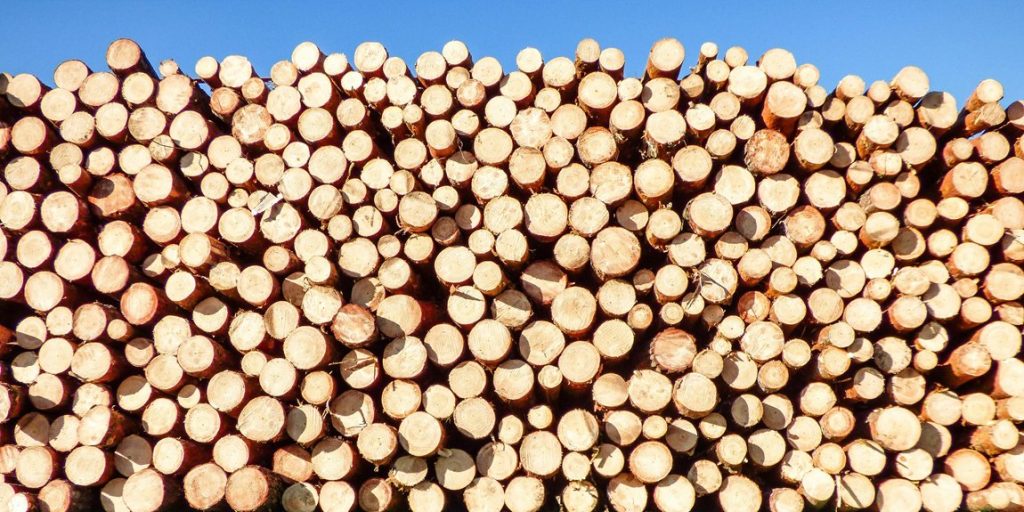Eco-friendly construction materials encompass bamboo, hempcrete, recycled steel, reclaimed wood, and earth-based options such as rammed earth and cob. Innovations including bio-concretes and mycelium composites, along with advanced insulation techniques, enhance energy efficiency and sustainability in building practices.
The market for these materials is expanding, influenced by increasing regulations and incentives aimed at minimising emissions and waste. Adopting eco-friendly materials not only benefits the environment but also optimises building performance.
Explore how these sustainable solutions are transforming the landscape of construction in the UK, paving the way for a greener future.
Types of Sustainable Building Materials
There are numerous types of sustainable building materials that encourage environmentally friendly construction.
Bamboo is a popular choice due to its rapid growth, reaching maturity in just a few years, making it highly renewable. It’s lightweight, strong, and flexible, making it suitable for structural elements and furniture. While it’s widely available globally, it’s less common in Europe and Antarctica.
Bamboo also possesses biodegradable and antibacterial properties, enhancing its eco-friendly qualities. It can be harvested repeatedly without killing the plant, ensuring a continuous supply.
Hempcrete, composed of hemp stalks, lime, and water, offers excellent insulation, fire resistance, and a lightweight structure. It supports renewability since hemp replenishes more quickly than timber.
Recycled and reclaimed materials, such as steel, wood, plastics, and glass, play a vital role in preventing waste and reducing the demand for new resources.
Earth-based options like rammed earth and cob utilise natural resources, providing durability with minimal energy use.
These sustainable building materials contribute significantly to reducing environmental impact and promoting a greener future for construction in the UK.
Innovations Transforming Eco-Friendly Construction
Innovations in eco-friendly construction are revolutionising the design and building processes to promote greater sustainability. New materials such as bio-concretes, which harness microorganisms to self-repair cracks, significantly extend the lifespan of structures while minimising the need for repairs. Strong public support exists for sustainable construction initiatives. Lightweight biopolymers and mycelium-based composites provide biodegradable and insulating alternatives to conventional synthetics, thereby enhancing the environmental safety of buildings. Advanced insulation materials not only bolster energy efficiency but also eliminate harmful chemicals typically found in traditional insulation. Smart materials, including self-healing concrete and phase-change walls, adapt automatically to varying conditions, leading to reduced maintenance requirements and lower energy consumption. Furthermore, the advent of 3D printing technology allows for the precise utilisation of recycled and low-carbon materials, thereby diminishing waste and transportation emissions. These innovations are instrumental in creating buildings that aren’t only more efficient but also foster a deeper connection to the environment, instilling a sense of belonging and responsibility within communities.
Market Trends and Future Developments
The market for eco-friendly construction materials is experiencing significant growth, driven by the increasing demand for sustainable building options across the UK.
The global green building materials market is set to expand considerably in the coming years, with a particular focus on reducing environmental impact.
Key trends include:
- The rise of advanced bio-based and engineered timber products, such as cross-laminated timber, which contribute to lowering embodied carbon in construction.
- A growing adoption of recycled plastics, geopolymer concrete, and natural insulation materials, all aimed at enhancing energy efficiency and minimising ecological footprints.
- Ongoing innovation in carbon-negative technologies that capture carbon dioxide during the manufacturing process, further promoting greener and more sustainable buildings.
These developments are underpinned by stricter regulations, increasing government incentives, and recognised certifications like LEED.
Market Growth Projections indicate that the demand for these materials will continue to accelerate as awareness of environmental issues grows globally.
Benefits and Environmental Impact of Green Materials
Utilising green materials in construction brings forth a multitude of benefits that not only safeguard the environment but also enhance building performance. For instance, timber has the ability to absorb significant amounts of CO2, while bamboo effectively sequesters carbon from the atmosphere. Straw is another sustainable option that contributes positively to carbon storage. The use of recycled plastics and eco-friendly concrete can significantly reduce emissions in comparison to conventional materials. Buildings and construction use 50% of raw materials globally.
Embracing these environmentally friendly options also aids in minimising waste, as construction activities are responsible for a considerable portion of waste generated in the UK. Implementing effective waste management strategies can lead to a notable reduction in greenhouse gas emissions.
Moreover, green materials are known to improve energy efficiency, leading to lower utility expenses and increased durability of structures.
Innovative advancements, such as low-carbon cements and biobased materials, further mitigate the environmental impact of construction activities, fostering a more sustainable and inclusive industry for all stakeholders involved.
Conclusion
Eco-friendly construction materials provide a wealth of advantages, including minimising environmental impact and fostering sustainability. Ongoing innovations within this sector are consistently enhancing the quality and accessibility of green building options. As market trends evolve, these materials are becoming increasingly affordable and widely obtainable, thus encouraging their use in new construction projects.
Utilising sustainable materials not only helps to protect our environment but also contributes to the creation of healthy, energy-efficient spaces. These spaces benefit both communities and future generations, making them an essential consideration in modern construction practices. By embracing eco-friendly materials, we can pave the way for a more sustainable built environment.

